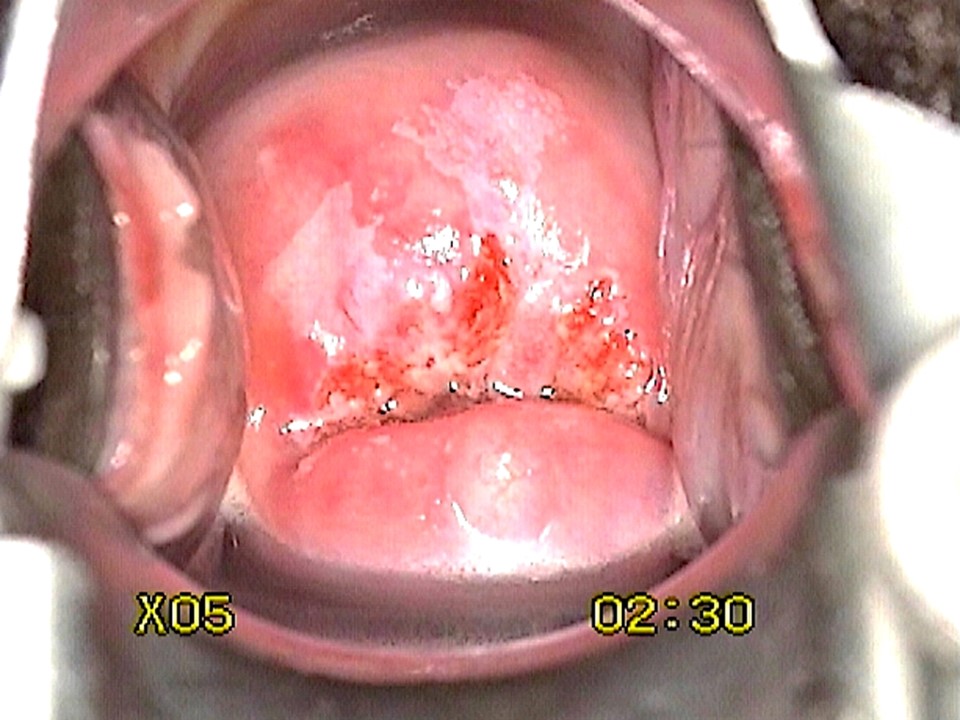Atlas of visual inspection of the cervix with acetic acid for screening, triage, and assessment for treatment / Activity 1
Physiological changes of the cervical epithelium – Transformation zone of the cervix |
The transformation zone (TZ) is the area of the cervix where the columnar epithelium has been replaced by or is being replaced by the metaplastic epithelium. It is bounded by the original SCJ at the outer (distal) limit and the new SCJ (simply called the SCJ) at the inner (proximal) limit. Although the SCJ as the proximal or inner boundary of the TZ can be very easily identified, the original SCJ is not so easy to recognize. The distal or outer limit of the TZ is identified by the location of the nabothian cyst or the crypt opening that is located farthest away from the external os. If there is an acetowhite patch on the ectocervix that is connected to the SCJ, the farthest extent of the patch should be considered as the distal extent of the TZ. The extent of the TZ varies with the woman’s age. In a woman of reproductive age, the SCJ is usually fully visible and the TZ is located on the ectocervix. With advancing age, the cervix shrinks and the SCJ recedes into the endocervical canal. As a result, the TZ may be partially or completely inside the endocervical canal.
Pregnancy may lead to certain physiological changes of the cervical epithelium. |
Click on the pictures to magnify and display the legends


